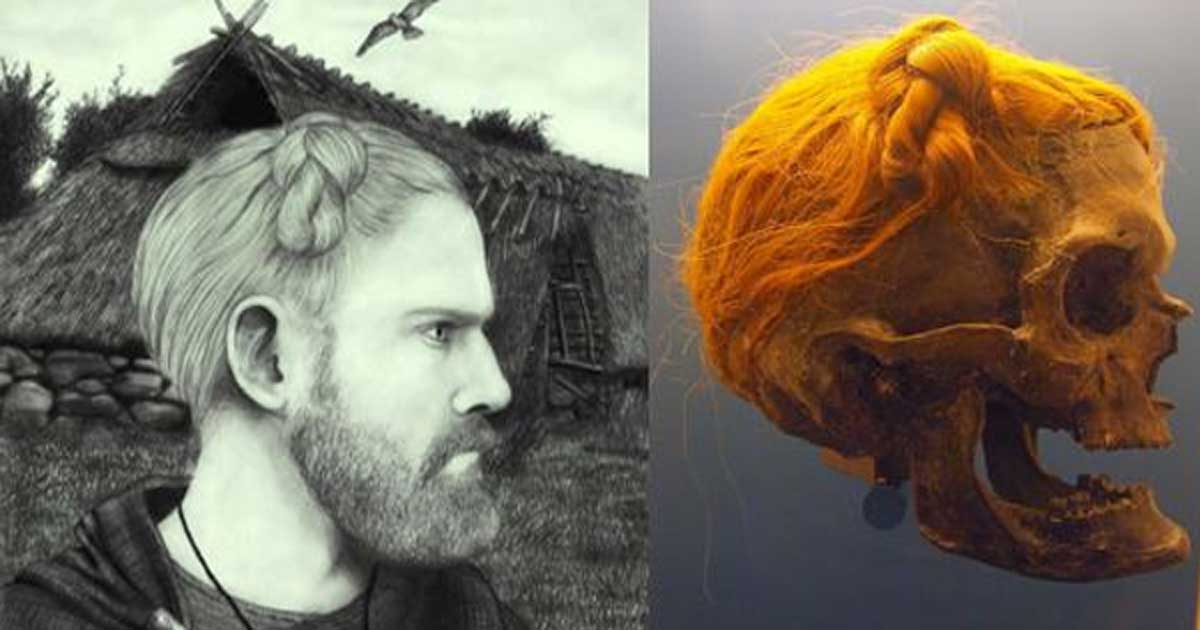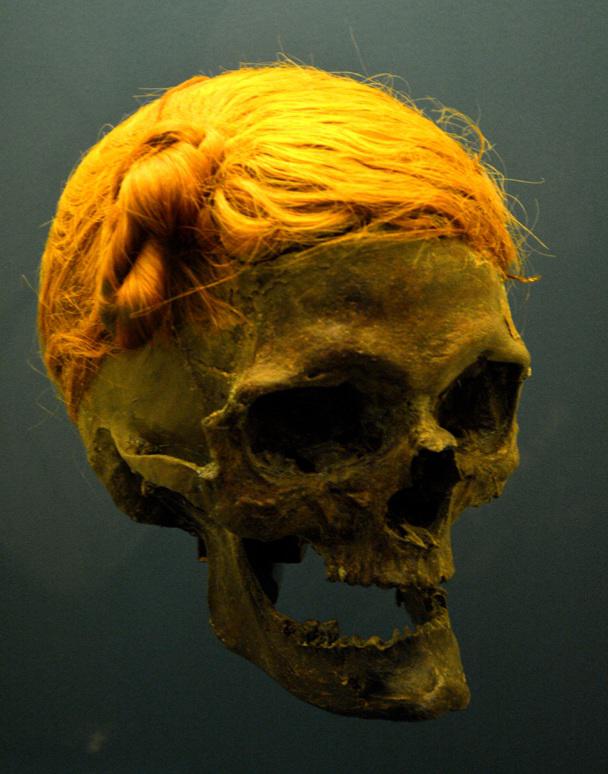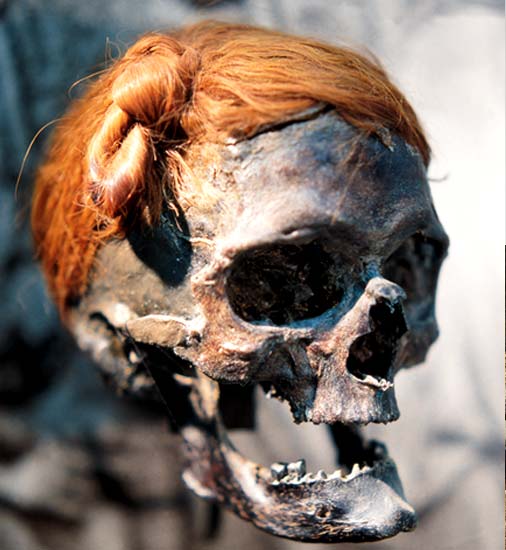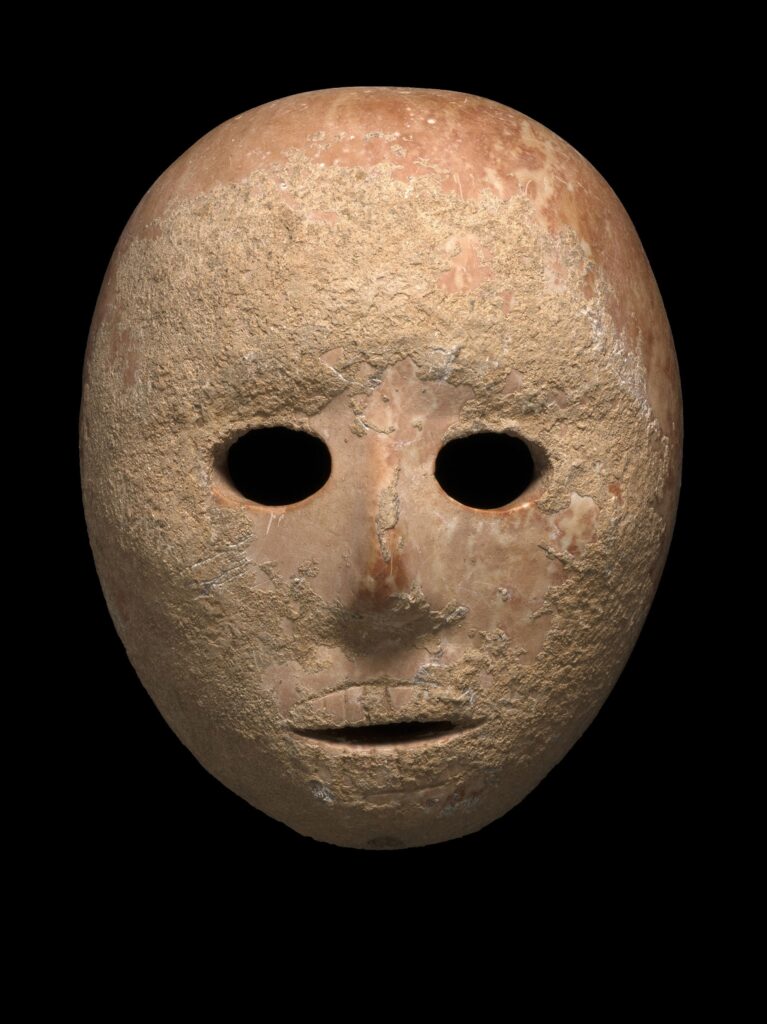Introduction to Osterby Man
Osterby Man, also known as the “Head of the Bog Body,” is one of the most notable archaeological finds made in 1948 at the Osterby bog in Schleswig-Holstein, northern Germany. This discovery is part of a broader category of “bog bodies,” where remains are preserved almost intact due to the unique conditions of the bog, which inhibits decomposition through high acidity and low oxygen. Such discoveries provide valuable insights into ancient societies, shedding light on the lives and deaths of people from distant pasts.

Discovery and Preservation
The most striking aspect of the Osterby Man find is that only the head of the individual was preserved. The head was remarkably well-preserved due to the bog’s special conditions. A key detail is his Suebian knot hairstyle, a distinct hairdo associated with the Suebi tribe, a Germanic people described by Roman historian Tacitus. This suggests that the man might have belonged to a higher social class or had connections with these tribes, who were prominent in the Roman era.
The Brutal Death and Archaeological Theories
The Circumstances of His Death
According to archaeologists, Osterby Man was decapitated, and his skull showed signs of blunt force trauma before his death. This indicates that his death was not accidental but likely the result of a public execution or ritual sacrifice. The physical evidence, including the fractures on his skull, suggests that he was brutally beaten before being killed. This adds to the gruesome nature of his death and raises questions about the societal practices of the time.

Theories Surrounding His Death
Several theories exist regarding the cause of his death:
-
War Prisoner: Osterby Man may have been a prisoner of war captured in conflicts between the Romans and the Germanic tribes. His decapitation and the display of his head could have been a form of punishment to serve as a warning to others.
-
Betrayer: Another possibility is that he was a traitor, executed as a lesson to those who might consider betraying their leaders or their communities.
-
Ritual Sacrifice: A third theory suggests that he might have been the victim of a ritual sacrifice, his death performed to appease the gods or ensure the protection of the community.
Cultural and Historical Significance
The Cultural Importance of the Suebian Knot
One of the most intriguing aspects of this find is Osterby Man’s hairstyle, tied in a Suebian knot, a distinctive feature of the Suebi people. The knot hairstyle was not only an aesthetic choice but also a cultural marker. It signifies the individual’s tribal identity and his connection to the Germanic tribes described by Tacitus in his work Germania. The preservation of this hairstyle offers insight into the social and cultural practices of the time, suggesting that Osterby Man may have had an elevated status or important role within his society.

Brutality and Rituals in Ancient Societies
The brutal nature of Osterby Man’s death reflects the harsh practices in some ancient societies. Whether as a public execution, a punishment for a war captive, or a ritual sacrifice, his death reveals how violence and ritualistic practices were used to maintain control, enforce power, and appease deities. It illustrates the complex relationship between social order, rituals, and punishment in ancient times.
Museum and Display
Currently, the preserved head of Osterby Man is displayed at the Schleswig-Holstein State Museum, located at Schloss Gottorf in Schleswig, Germany. This museum houses a wealth of archaeological artifacts from the prehistoric to the Roman periods and is a key center for research on ancient North European civilizations. The head of Osterby Man stands as one of the museum’s most significant exhibits, drawing the interest of both researchers and visitors.

Conclusion
Osterby Man is not just a remarkable example of bog body preservation but also a tragic story of a brutal death. His story offers profound insights into the social structures, cultural practices, and ritualistic traditions of the Germanic tribes and the Roman Empire. The discovery of Osterby Man helps us understand the brutal realities of life and death during ancient times, revealing how violence, punishment, and cultural symbolism intertwined in ancient societies. His preserved remains serve as a somber reminder of the harshness of ancient rituals and the complexities of historical identity.

